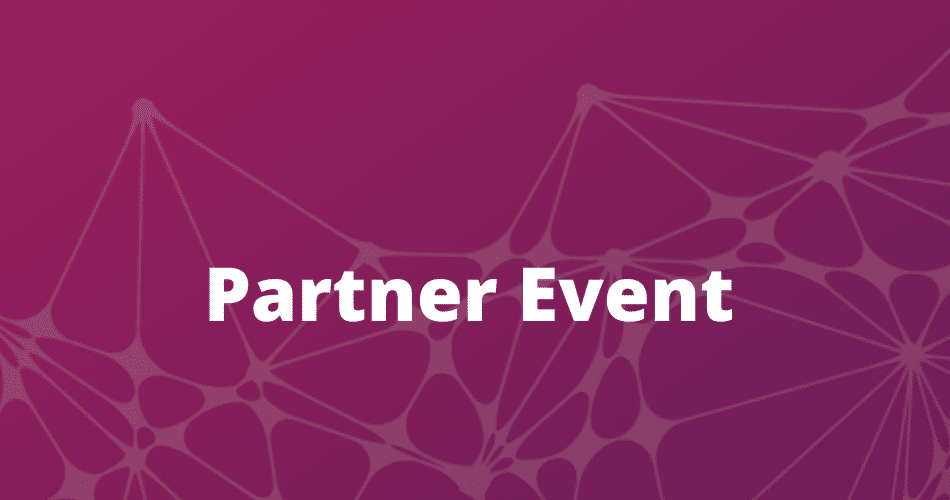

Beyond the science, the webinars will address the social and psychological dimensions of research training. What is the ideal environment to train young scientists? What are the social and cultural barriers? How does the young scholar mesh into the fabric of the organization? In all, attendees to the webinars will appreciate contemporary science in regeneration and the dynamics of transferring that science to the next generation in the workforce enterprise.
The Connecticut Convergence Institute, in partnership with the Advanced Regenerative Manufacturing Institute (ARMI), is producing this webinar series. The webinars will inform participants and the audience on the perspective of young scientists in training conducting research in regenerative engineering supplemented by the interaction with their research mentors. Borne from the institutional experience at the Connecticut Convergence Institute’s signature T32 Doctoral and Young Innovative Investigator Programs as well as UConn’s graduate training, four Webinars will be held.
Albright Hereditary Osteodystrophy (AHO) is a disorder characterized by the heterozygous inactivation of GNAS, which encodes for the alpha-stimulatory subunit (Gαs) for G-Protein Coupled Receptors, and causes a constellation of skeletal symptoms including shortened stature, brachydactyly and the formation of subcutaneous ossifications (SCOs). In addition to these AHO skeletal features, patients with maternally inherited GNAS mutations develop the disorder pseudohypoparathyroidism type 1A (PHP1A) and are extremely obese and exhibit resistance to various hormones relying on Gαs-signaling (e.g. PTH, TSH, GHRH, FSH/LH, Calcitonin). Conversely, patients with paternally inherited GNAS mutations develop pseudopseudohypoparathyroidism (PPHP). These patients exhibit AHO skeletal features but are not obese and do not display hormonal resistance. These distinctions in hormonal and metabolic activity are because GNAS undergoes genomic imprinting within certain endocrine tissues (thyroid, kidney, pituitary, hypothalamus). Our laboratory has generated an AHO mouse model through the global heterozygous inactivation of Gnas (Gnas+/-) and has employed it to elucidate how Gnas heterozygous inactivation and imprinting influence bone remodeling. This work has demonstrated that cortical and trabecular bone formation is significantly enhanced within mice with maternally inherited Gnas mutations, whereas paternally-inherited Gnas mutations display a reduced cortical and trabecular bone formation. These distinctions apparently stem from impaired Gαs-mediated calcitonin receptor signaling within mice with maternally-inherited Gnas mutations, and suggest partial Gnas imprinting within the osteoclast lineage. We have also applied our Gnas+/- model to study subcutaneous ossifications in AHO. By clinically monitoring AHO patients and evaluating Gnas+/- mice, we have identified that subcutaneous ossifications in AHO develop spontaneously within the dermis and subcutaneous tissue. Histologic examination has revealed these lesions form directly adjacent to or surrounding hair follicles. Through genetic fate mapping studies, we have demonstrated that the hair follicle microenvironment harbors mesenchymal progenitor populations that inappropriately expand and undergo osteogenic differentiation.